
Button Cell UL 4200 A-2023 Standard Test Report
On September 21, 2023, the U.S. Consumer Product Safety Commission (CPSC) decided to adopt UL 4200a-2023 as a mandatory consumer product safety rule for products containing button cells or coin cells, and the relevant requirements were incorporated into 16 CFR 1263.
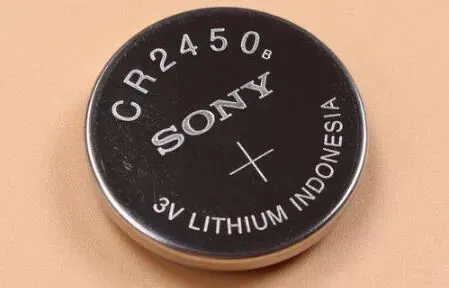
About Button Cells
Button cells are small batteries, shaped like buttons, commonly used in small electronic devices. They have a larger diameter and thinner thickness. They are widely used in backup power sources for various electronic products such as computer motherboards, watches, electronic dictionaries, electronic scales, remote controls, electric toys, pacemakers, electronic hearing aids, counters, cameras, etc.
Reminder about Button Cells Law
Recently, many products on the market have been removed from Amazon due to non-compliance with the new safety standards. Now products need to meet the testing requirements of 16 CFR 1263, combined with UL 4200A safety assessment, and obtain GCC certification to meet the listing conditions of Amazon. To ensure smooth listing and sales of products, we recommend customers choose a certification process that meets the requirements of 16 CFR 1263, UL 4200A, and gcc certificate. This not only ensures that the product meets Amazon's safety standards but also avoids potential risks and losses in the future.
Amazon's Requirements for Button or Coin Cells
Applicable button cells and coin cells:
Applicable to individual button cells and coin cells with diameters usually ranging from 5-25 millimeters and heights between 1-6 millimeters, as well as consumer goods containing button cells or coin cells. Button cells and coin cells can be sold separately or used in various consumer goods and household items. Button cells are usually powered by alkaline substances, silver oxide, or zinc air, with a low rated voltage (usually 1-5 volts). Coin cells are powered by lithium with a rated voltage of 3 volts, with a diameter usually larger than button cells.
Requirements for consumer goods containing button or coin cells:
All consumer products containing button cells or coin cells and subject to 16 cfr part 1263 must be tested and comply with the following regulations, standards, and requirements:
1. 16 CFR Part 1263, the safety standard for button cells or coin cells and consumer products containing such cells.
2. ANSI/UL 4200A, which is the safety standard for products containing button cells or coin cells.
In addition to the above requirements, the following information must be provided:
• The product model must be displayed on the product details page.
• Product safety instructions and user manuals.
• General Certificate of Conformity: To prove compliance with UL 4200A requirements.
• Testing conducted by ISO 17025 accredited laboratories, confirming compliance with UL 4200A requirements.
• The testing report must include pictures of the product, demonstrating that the tested product is the same as the product on the product details page.
Pictures of products meeting the following requirements must be provided:
• Poison prevention packaging requirements (16 CFR Part 1700.15)
• Warning label statement requirements (Public Law 117-171)
• Safety standards for button cells or coin cells and consumer goods containing such cells (16 CFR Part 1263)
Note: All documents, testing reports, or certificates provided to Amazon must be genuine and in their original format (i.e., unaltered).
Requirements to prevent children from ingesting or inhaling batteries are as follows:
I. Structural Checks
1.1 Child-resistant compartment requirements
• When the product comes with replaceable batteries:
Designed to be opened using a screwdriver or a coin or similar tool, or by at least two independent and simultaneous actions to manually open the battery compartment
• When the product comes with non-replaceable batteries:
Designed to make the batteries inaccessible through the casing or similar means, or by securing the batteries completely in place through other similar means
Scope: Consumer products containing button cells or coin cells (whether intended for consumer replacement or included in the product or sold separately) (not applicable to toys for children under 14 years of age that comply with toy standards) and other standards
16CFR1700.15
16CFR1700.20
ANSI C18.3M
ANSI C18.3M/PUBLIC LAW 117-171
Toys exempt from these regulations that comply with the requirements for battery accessibility and labeling in 16 CFR 1250.
II. Performance Testing
2.1 Pre-processing testing
- Stress relief testing: 70°C or higher (actual temperature rise test), 7 hours
- Battery replacement testing: Opening/closing the battery compartment to replace the battery, 10 times
2.2 Abuse testing
- Drop test: Mobile products: 1 meter ~ 3 times
Handheld products: 1 meter ~ 10 times
- Impact test: 2 joules ~ 3 times, diameter 50.8mm, 500g steel ball
- Crush test: 330 ±5 N (74.2 ±1.1 lbf), 10 seconds
- Torque test: 0.50 Nm (4.4 in-lbf), 10 seconds
- Pull test: 72.0 N (16.2 lbf), 10 seconds
- Compression test: 136 N (30.6 lbf), 10 seconds
2.3 Battery compartment safety testing
- Pull test: 20 ±2 N (4.5 ±0.4 lbf), 10 seconds
III. Labeling Requirements


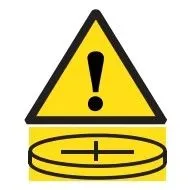
Email:hello@jjrlab.com
Write your message here and send it to us
 ASTM D4169 Drop Test
ASTM D4169 Drop Test
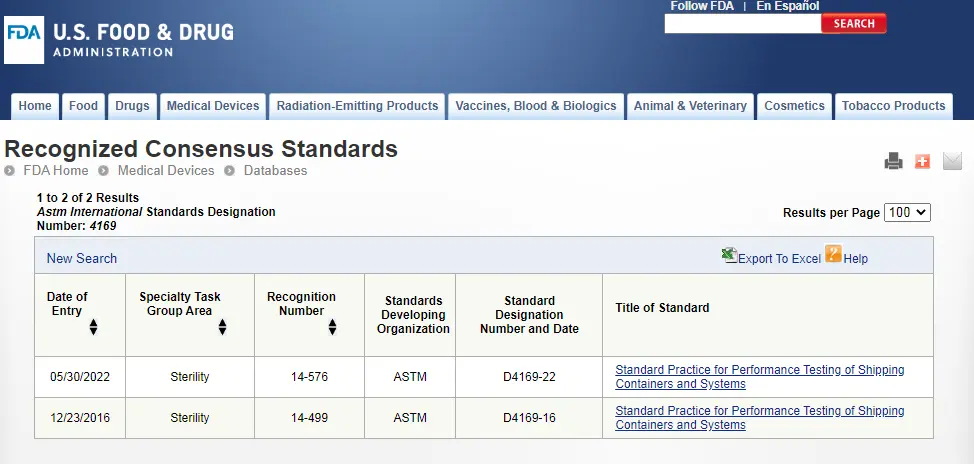 ASTM D4169 Packaging Simulation Transportation Tes
ASTM D4169 Packaging Simulation Transportation Tes
 What is ASTM D4169 Testing?
What is ASTM D4169 Testing?
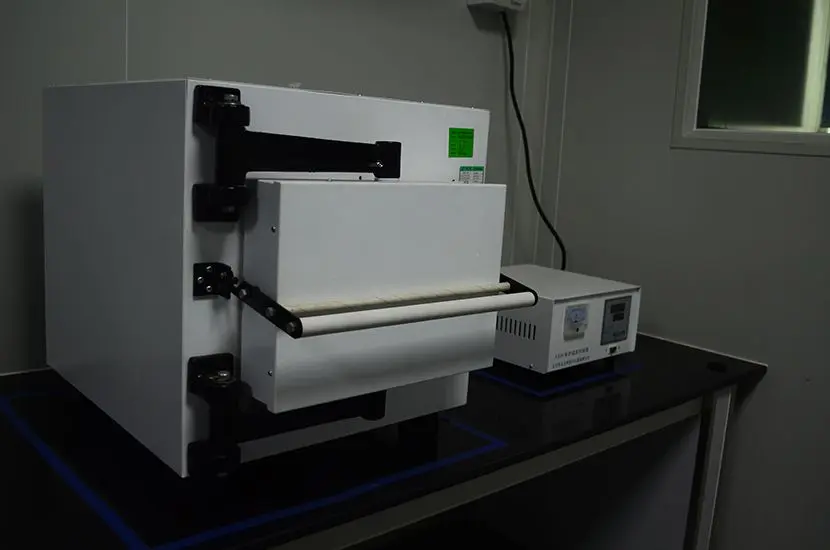 ASTM D4169-23 Test Standard Revision
ASTM D4169-23 Test Standard Revision
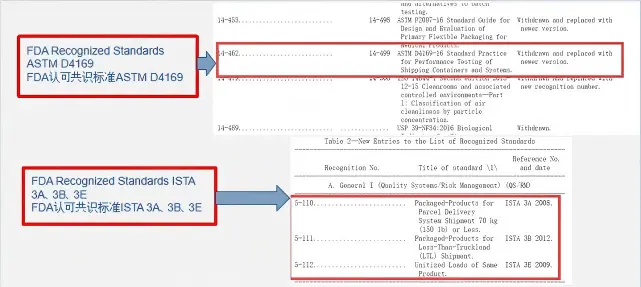 Transport Simulation Testing for Medical Device Pa
Transport Simulation Testing for Medical Device Pa
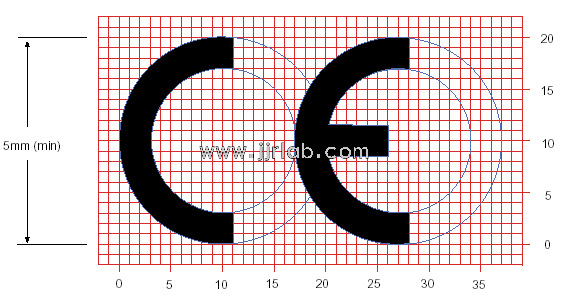 EU CE Certification Guidelines for Lighting Fixtur
EU CE Certification Guidelines for Lighting Fixtur
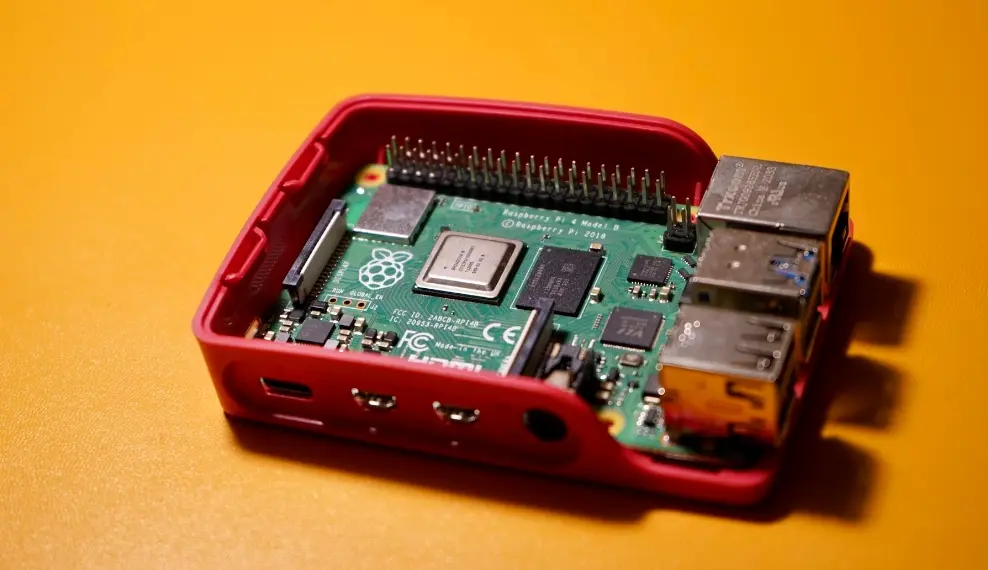 Lithium Battery Export: CB Certification & IEC
Lithium Battery Export: CB Certification & IEC
 How to Apply for One FCC Certificate for Multiple
How to Apply for One FCC Certificate for Multiple
Leave us a message
24-hour online customer service at any time to respond, so that you worry!




